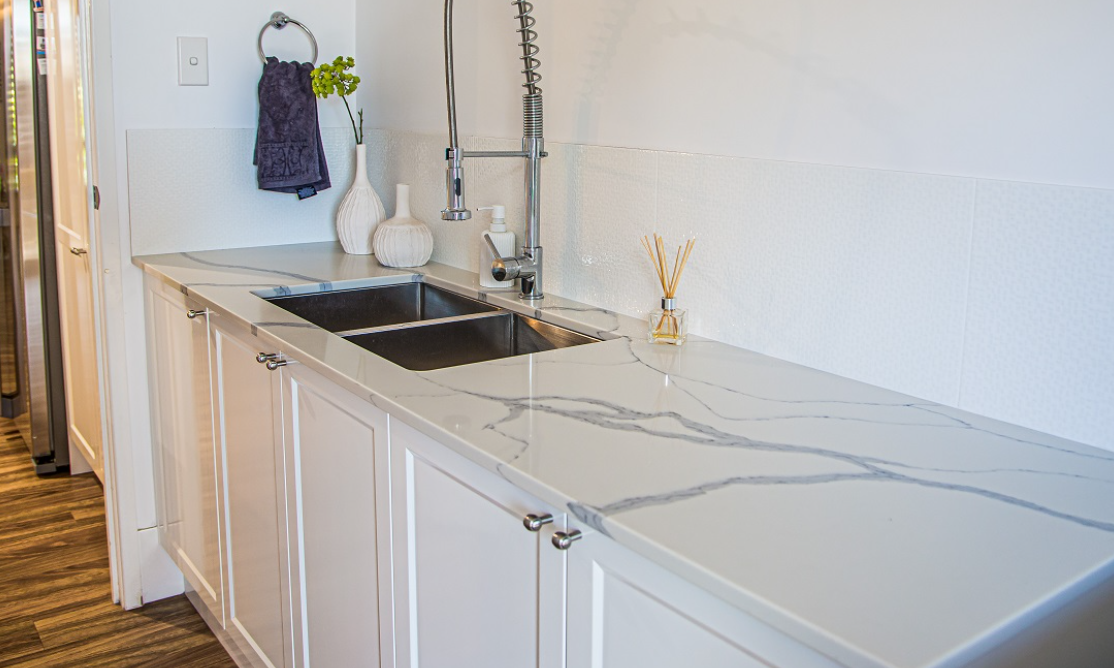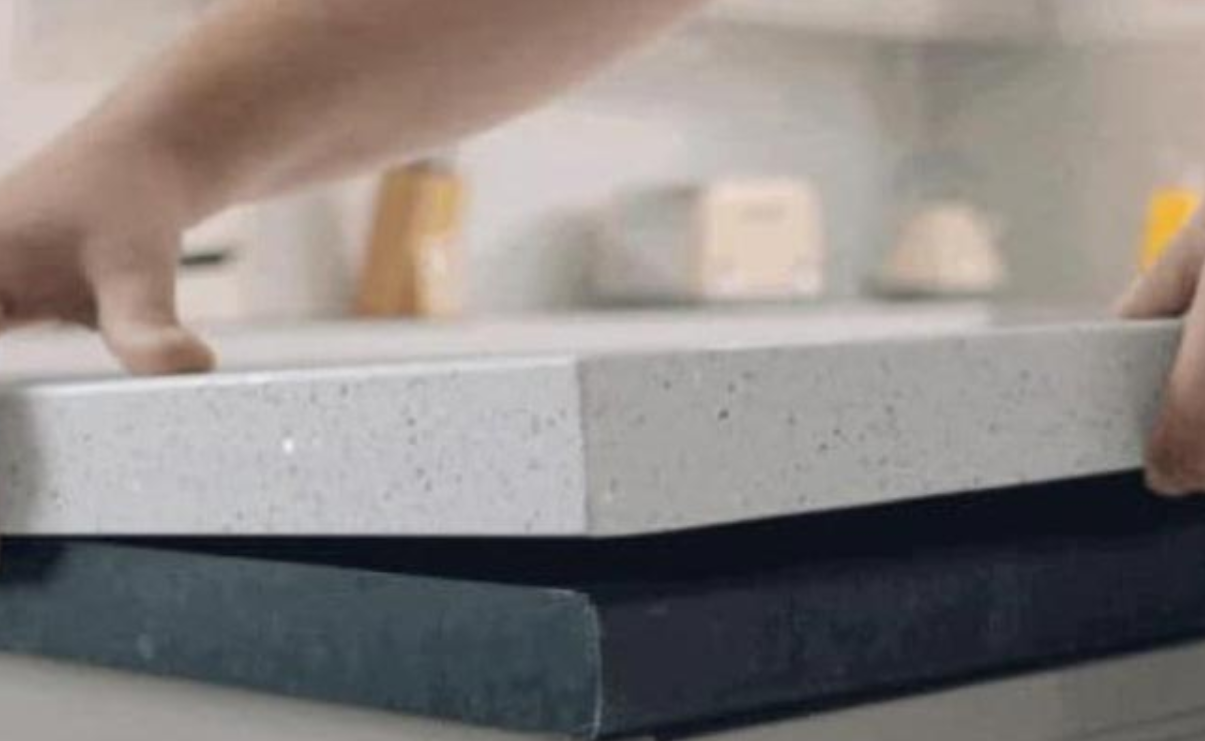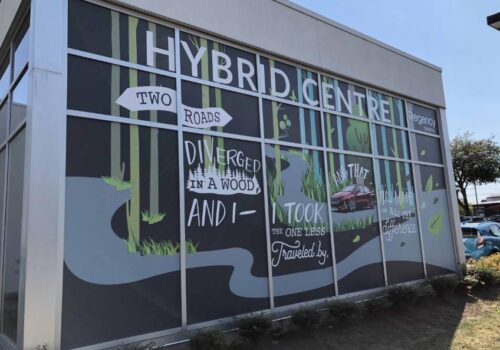The Process Of Stone Bench Restoration: 5 Simple Steps
If you are lucky enough to have a stone bench in your garden, then you will want to keep it looking its best. Here we will explain the process of stone bench restoration in 5 simple steps. Stone bench restoration in Melbourne is not a difficult process, but it is important to take your time and do it carefully. With a little time and effort, you can have your bench looking like new in no time!
Cleaning:
Furniture restoration is a process that involves removing dirt and grime from your furniture. This step will also remove any wax, oil or paint that may be on your furniture. It is important to use the right cleaning products for stone bench restoration. Never use harsh chemicals or abrasive cleaners as they may damage your stone bench.
Filling:
If your stone has any chips, cracks or holes in it, then you will need to fill them before you continue with the rest of the stone restoration process. Fill these areas with epoxy putty. Allow this to dry completely before sanding it down to a smooth finish so that there are no raised edges left behind by the epoxy putty; these edges will show up when you seal your bench later on in this process!
Sanding:

After filling in any holes with putty, you will want to sand down the entire surface of your bench with a power sander until it is smooth and even once again. You can skip this step if you are not planning on painting or sealing your bench at all since this will completely change its appearance anyway! However, if you do plan on using paint or sealant, then you should definitely sand down all surfaces before moving on!
Sealing:
The next step to restoring your stone bench is sealing it with an acrylic sealer. You can choose either a water-based or oil-based sealer depending on your preference, but remember that oil-based sealers take longer to dry than water-based ones and can leave a sticky residue if they are not allowed to dry properly before use.
Buffing:
The final step in stone bench restoration involves polishing up your bench’s surface with a buffer pad or even just some fine grit sandpaper. This step gives your bench a nice shine and makes it look like new again!
A stone bench is a great feature to have in your garden, and with some work of stone bench restoration in Melbourne, you can keep it looking new. For more information visit our Website.





